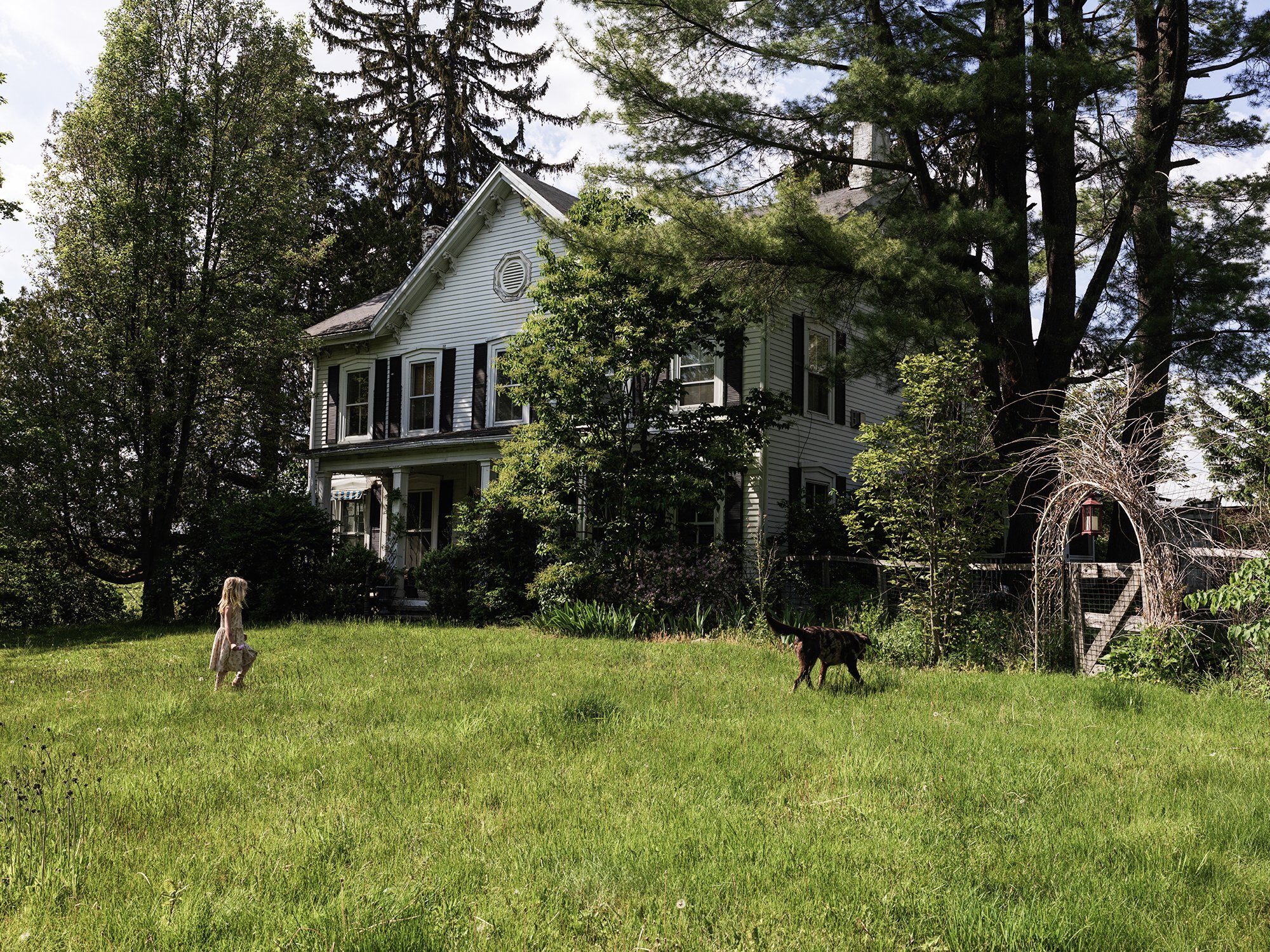Imagine stepping into your backyard and being greeted by a sea of wildflowers swaying in the breeze, bees buzzing merrily from bloom to bloom, and birds chirping in delight. This is the magic of a meadow lawn—a natural, eco-friendly alternative to the traditional manicured grass yard. Besides its visual appeal, it also promotes local biodiversity and requires less maintenance. This blog will guide you on how to let your grass grow to create the perfect meadow lawn.
What is a Meadow Lawn?
A meadow lawn is a cultivated area in your yard designed to look and function like a natural meadow. It features a blend of native grasses and wildflowers, forming a vibrant landscape that evolves with the seasons. The benefits are numerous: meadow lawns provide habitats for pollinators like bees and butterflies, help conserve water, and eliminate the need for chemical fertilizers and pesticides. They’re also less maintenance than a traditional lawn, with no weekly mowing required. Plus, their natural beauty can transform any space into a tranquil retreat.
How to Cultivate a Meadow Lawn
Whether you choose to tackle the project yourself or hire professional landscapers, planning your meadow lawn carefully is essential for success. From selecting the right location and plant mix to preparing the ground, each step ensures your meadow thrives and establishes healthy growth.
1. Site Selection
The initial step in establishing a meadow lawn is selecting the appropriate location. Meadow lawns thrive in sunny areas with well-drained soil but can also adapt to partial shade and different soil types. Consider your existing landscape and how the meadow lawn will integrate with your other outdoor elements.
2. Choose the Right Mix
Select a mix of native grasses and wildflowers suited to your climate and soil conditions. Native plants are more resilient and better suited to local wildlife. Popular choices include wildflowers like black-eyed Susans, coneflowers, and lupines, along with grasses like fescue and bluestem.
Unsure about which plants to choose? Visit a local nursery for expert advice on the best species for your region and yard conditions.
3. Prepare the Ground
Begin by clearing the area of existing turf and weeds. This can be done through methods like smothering with tarps, solarization, or using a sod cutter. After clearing the area, conduct a soil test to see if any changes are needed. Compost or organic matter can boost your soil fertility and structure.
4. Sowing the Seeds
The ideal times for sowing seeds are in the fall or early spring when the soil is moist and temperatures are moderate. Evenly distribute the seeds over the prepared soil and lightly rake them in. A thin layer of straw mulch can help retain moisture and protect the seeds from being washed away or eaten by birds. Gently water the area to help the seeds settle.
Nurturing Your Meadow Lawn
After planting, your meadow lawn will need some care and attention, especially during the initial growth phase. Following proper nurturing techniques will ensure that your meadow becomes a lush and vibrant habitat.
1. Initial Growth Phase
Keep the soil consistently moist during the first few months to encourage seed germination. Protect young seedlings from pests by using natural deterrents like garlic spray or diatomaceous earth. As the plants establish, reduce watering to encourage deep root growth.
2. Long-term Care
Once established, meadow lawns require minimal maintenance. Mowing once or twice annually helps manage weeds and supports healthy growth. The ideal time to mow is late fall or early spring, cutting the grass to a height of 4-6 inches. This mimics natural grazing patterns and allows wildflowers to reseed. Regularly monitor for invasive weeds and remove them by hand or with targeted organic herbicides.
Enhancing Your Meadow Lawn
To make your meadow lawn even more beautiful and functional, consider adding pathways and features that enhance its natural charm. These additions can create a more enjoyable space for you and a better habitat for wildlife.
1. Adding Pathways and Features
Enhance the functionality and aesthetics of your meadow lawn by adding pathways. Natural materials like gravel, mulch, stepping stones, or stone pavers can create inviting trails while maintaining a natural look.
2. Attracting Wildlife
To further enhance your meadow lawn’s ecological value, add elements that attract and support local wildlife. Bird feeders, nesting boxes, and small water features like birdbaths or ponds can create a haven for various species. Planting flowers that bloom at different times provides a continuous food supply for pollinators.

Taking Care of Common Issues
Even well-maintained meadow lawns can be subject to unforeseen issues. Understanding how to tackle common problems will help you maintain a vibrant and healthy meadow.
1. Pests and Diseases
While meadow lawns are generally resilient, they can still face issues like pests and diseases. Common problems include aphids, fungal infections, and grubs. Organic solutions such as neem oil, beneficial insects, and proper spacing to ensure air circulation can help manage these issues effectively.
2. Patchy Growth
If you notice patchy growth in your meadow lawn, it could be due to uneven seeding, soil compaction, or poor drainage. Reseeding bare areas, aerating the soil, and improving drainage with organic matter can address these problems.
3. Overgrowth
Some plants may become overly aggressive, crowding out other species. Regular monitoring and selective trimming or removal of invasive plants can help maintain balance in your meadow lawn.
More Resouces for Sustainable Landscaping
Creating a meadow lawn is a rewarding journey that brings you closer to nature while benefiting the environment. By following these steps—from planning and planting to nurturing and troubleshooting—you can transform your yard into a vibrant, low-maintenance haven.
Check out our other blog posts for more sustainable landscaping resources:
If you need help transforming your yard, then call in the pros! At AHG Interiors we’re experts at creating sustainable exterior and interior spaces. From initial planning to final execution and everything in between, we’ll create the yard and garden of your dreams. Get in touch to learn more and enjoy the dynamic beauty of your meadow lawn.




